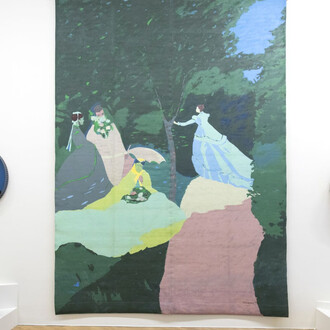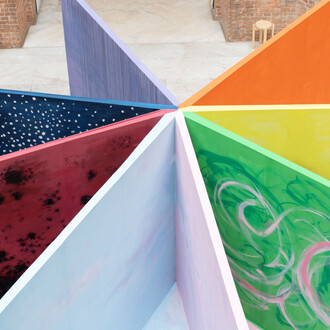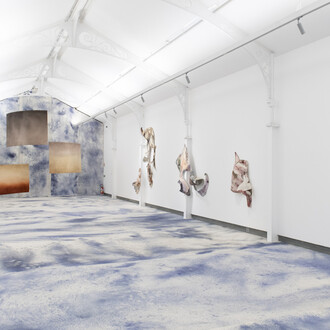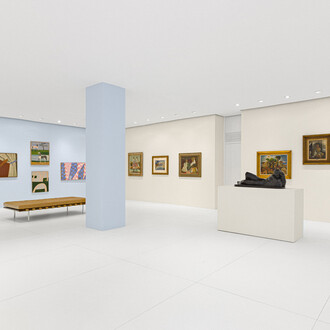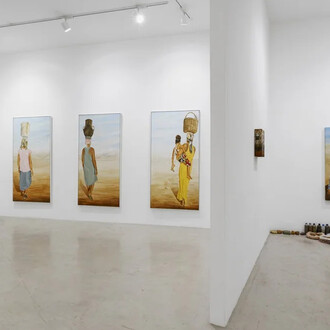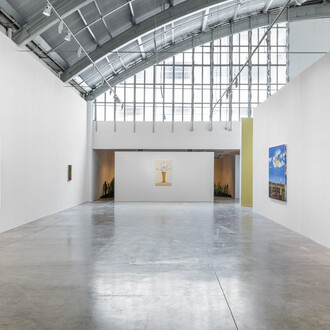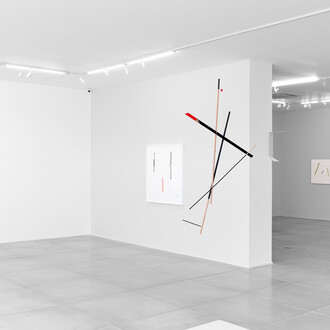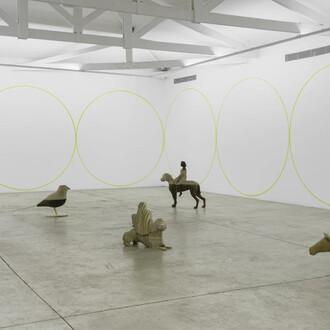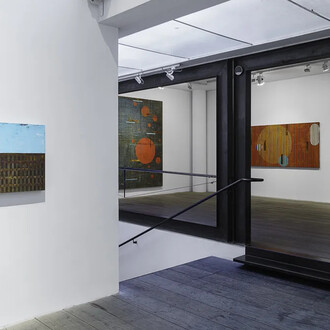The exhibition starts with the curious collection of death masks — molded on the faces of painters such as Almeida Junior e Pedro Alexandrino — to investigate the ways in which artists deal with time and their experience. Bringing together around 40 sculptures, ranging from the XNUMXth century to the present day, the exhibition is an opportunity to reflect on language, and to see and revisit fundamental works from the Pinacoteca collection.
Upon entering the exhibition space, the public is faced with a medieval sculpture from the 12th century, representing the crucified Christ, by an unknown author – in addition to works from the Baroque period in Brazil. Next are the death masks, in addition to bronze sculptures of brecheret e Liuba Wolf.
Among them, there is the attempt by artists from the beginning of the 20th century to represent black women and men as “Brazilian types”. Until the beginning of the research for this exhibition, only one of these sculptures had a name: Mary of glory (between 1920 and 1988), from Luiz Morrone. During research to analyze the origin of these titles, the team located the model's name for a sculpture of Jose Cucê, Irina – which now forms part of the title of the work.
The shape of the end was created from a look at the Pinacoteca’s century-old collection, which has more than 13 works. Of these, almost a thousand are part of the permanent exhibition, Pinacoteca: Collection.
Considering the collection as a platform for new research and acquisitions, interest in the sculpture collection at the Pinacoteca arose in an attempt to understand how it was formed and what its striking characteristics were that developed over time. The curators sought to understand these historical trends, organizing their discourse based on what is recurrent in the collection.
One of the masks in The shape of the end is that of the artist Almeida Junior, one of the most important names in Brazilian art of the 19th century, whose work is founding in the Pinacoteca collection.
Dead roots of nature and vine (2015 – 2013), from Advânio Lessa, gives new meaning to dead matter, transforming it into something alive through art. Giving shape to the different dimensions of time, sculptures such as Animal. Sundial (1960) of Lygia Clark, Yuxin (2022) of Kássia Borges, Time tool (2021) of Jose Adario, and the performance Passage (1979) of Celeida Tostes, propose to understand life and the making of art in a cyclical way.
Marcia Pastore's sculptures e Hudinilson Jr. (1980s), materialize in space limbs or pieces of clothing, delicate records of their presence, which do not impose themselves as ordering the world. The famous work of Waltercio Caldas, The aesthetic emotion (1977), is a clue to understanding this presence and our experience before art: a pair of shoes seems to be about to float before the form – a way of being before something that moves us, of understanding our emotion through dialogue, investigating the way of placing ourselves in relation and, thus, imagining our future.
(The exhibition is curated by Yuri Quevedo)





